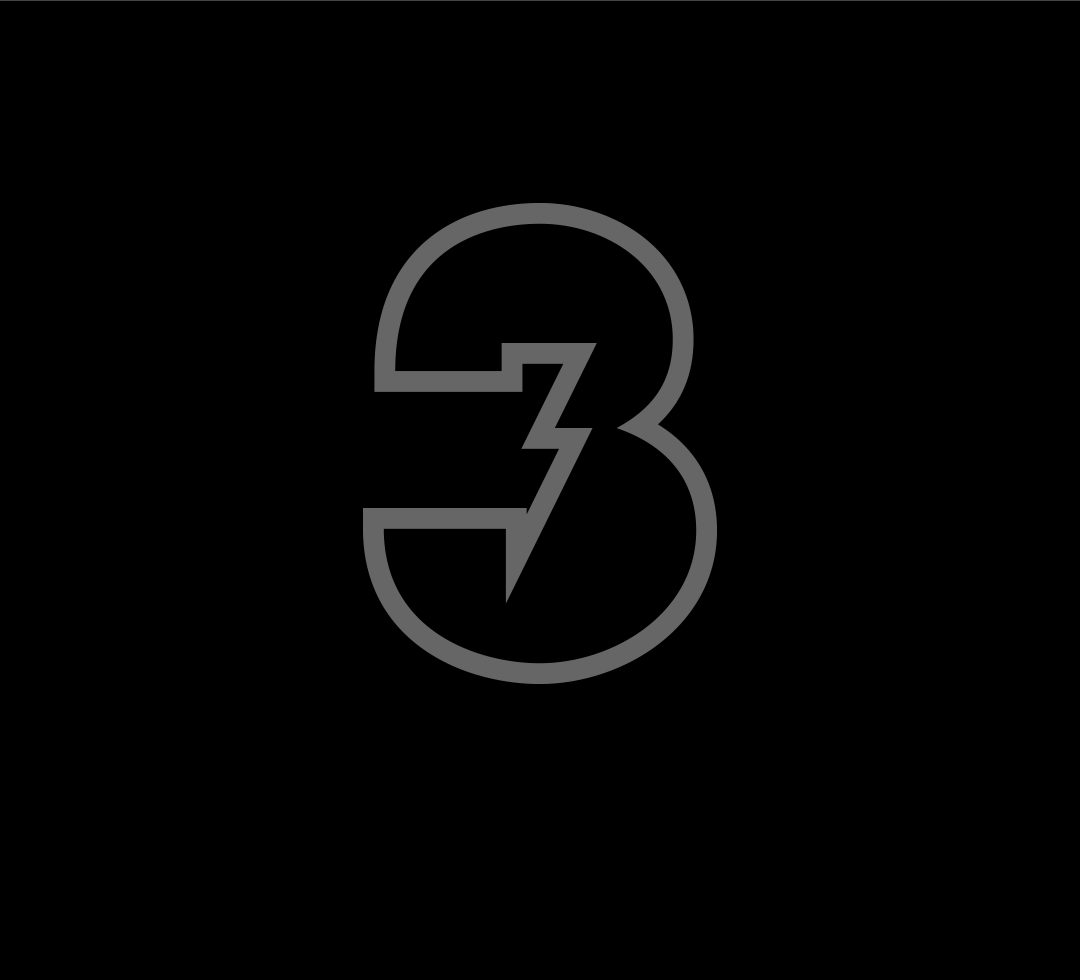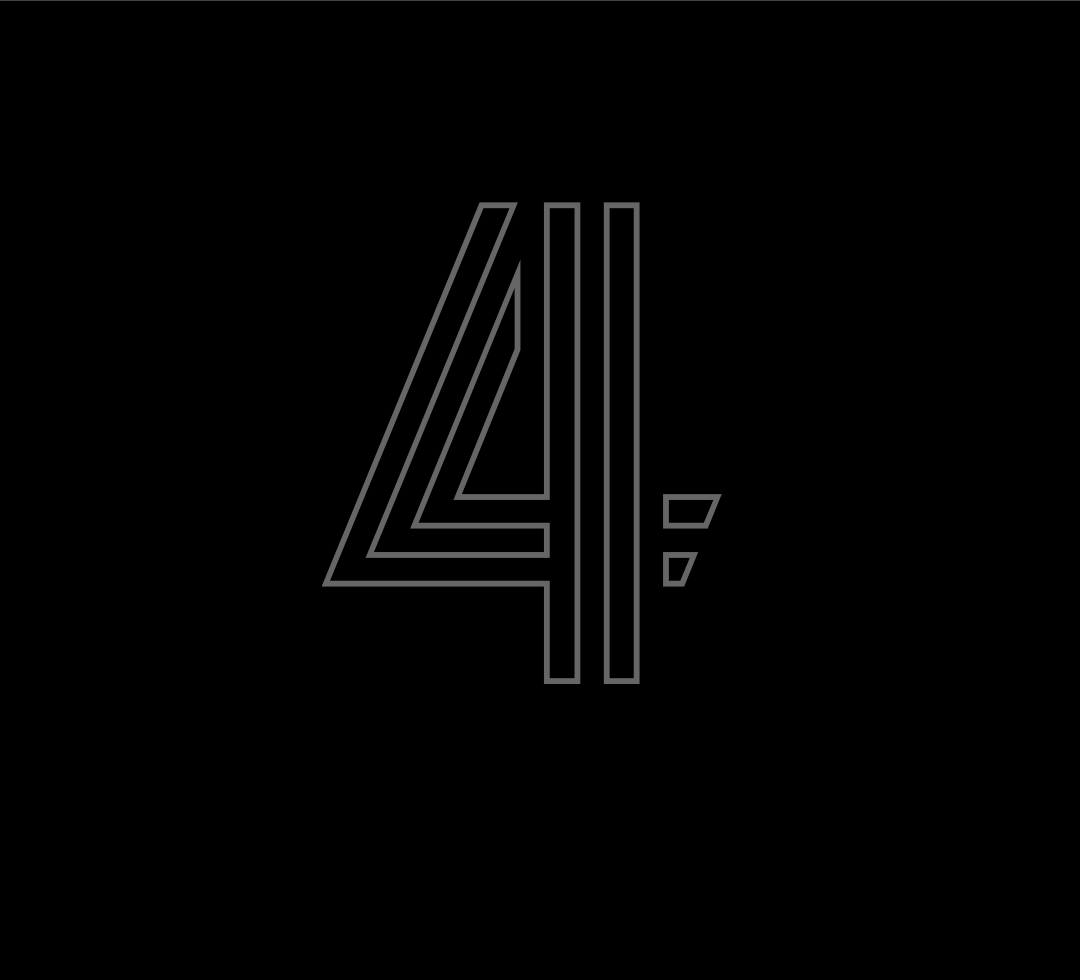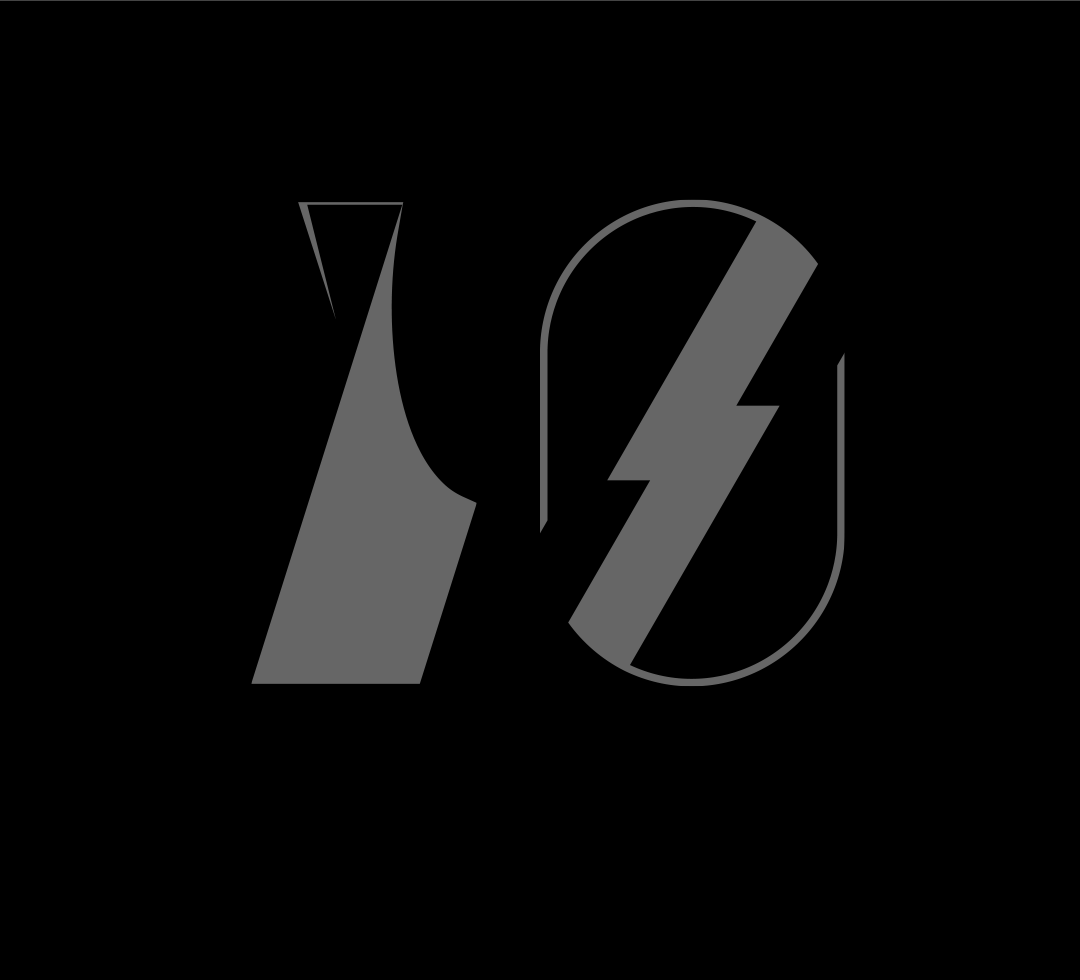10 Top Tips
Tackling imposter syndrome for designers
–
Hi, Mark here from Superfried, a design agency in Manchester. I have heard many designers over the years say that they struggle with the dreaded imposter syndrome. I feel this is an issue that has been greatly exacerbated by the internet and social media – before this we were simply unaware of what everyone else was doing. As a self-taught graphic designer, I have found it particularly challenging at times. So, I am not a medically trained professional, but here are some tips for how I have tackled that demon of doubt perched on my shoulder.

01 Perspective
Whenever I am struggling for confidence, the first thing I try to do is look for concrete truths that I can rely on to eradicate the demon. What are those facts that can not be argued against and dismissed regardless of how misaligned my perspective may be at that time? So this can work for anyone in any profession – take a look back at your portfolio / CV. Look at the great client that hired you, the team you were put in charge of, the promotion, the design award – would any of those things have happened if you were not good at what you do? If you tell yourself yes, then you are suggesting that all of the people who made those decisions are stupid.
Ask yourself, is this logical or likely?

02 Share
This can be difficult to do. So if that is the case, you can simply listen to others. In times when confidence is low, it is amazing how arrogant we can be to assume we are the only ones struggling with this – why should we be so special ; ) Despite a natural desire to feel unique, the reality is that we humans often share the same desires and fears. How else would horoscopes work? Once you hear that a fellow design professional you revere has the same insecurity, it can be a huge boost to your confidence knowing you are not alone. That despite your insecurities, like them, you can also reach the same level of achievement.

03 So what?
I am sure I am not alone in this, but one of my biggest failings is that I care too much. When your profession is also your passion, it can be difficult to separate the two. To remember that it is still just a job – work to live, not live to work. So, any comments or comparisons seem like a personal attack, rather than about the work.
But would it really matter if you were the worst graphic designer in history?
Ultimately, the only person that really needs to love the work is the person paying the invoice and their target audience. After all, that is who it is for. It is your client's problems you are trying to solve not your own.
Even if you are not happy with the work – which is inevitable at some point in your graphic design career – you don’t have to put it on your site. Perhaps the next project will be the folio booster. You can always spend some of the fee on a takeaway to cheer yourself up!

04 Don't compare
Unless you take yourself off-grid, there is a relentless bombardment of information. So it is difficult not to be curious or aware of what everyone else is doing. But if you can refrain, it will really help on three fronts. In the first instance, it will make you more productive. Once you start to peep, it is so easy to end up down the social media rabbit hole and lose the next hour. Secondly, there is a danger of the work subconsciously influencing your own. There is nothing worse than thinking to have nailed a design brief, then wondering where you got the idea only to realise you have inadvertently recreated something you have previously seen. Thirdly, it is the quickest way to feel crap about your portfolio and lose confidence, making the current design project ten times more difficult. I heard someone clever say a brilliant phrase the other day – Comparison is the thief of joy – it is so very true.
If you wish to compare, when in a positive mindset it can spur you on to raise your design game. But you have to compare apples with apples. For example, if you are married with children, but compare yourself with a graphic designer who is single with no family dependents, you are not giving yourself a fighting chance. They are likely to have fewer distractions, and far more time to dedicate solely to their creative career, enhancing their design skills, knowledge, making contacts, going to events etc.
And more energy ; )

05 Podcasts
If sharing is difficult for you, I have found podcasts can be really helpful. Hearing how others have struggled similarly, can be reassuring that it is ok and normal. You are not a weirdo. The methods and techniques they employed to tackle this can then be taken on board risk-free.
Never before have we been so open about our struggles with mental health. I think this is one of the many reasons podcasts are now so popular. It is so easy to dismiss advice from friends and relatives in different lines of work – you don’t understand, the design industry is different etc. But when you hear straight from the mouth of those at the top in your own sector, there are no excuses any more. Time to be positive, proactive and give it a go.
After all, what's the alternative?

06 Purpose
When I have been wrestling with the imposter demon, I have sometimes found comfort in the type of work I am doing. So even if the demon is right, and I am just a fraud – which of course is nonsense – at least the design project I am working on is helping a charity or someone embark on a new future for them and their family etc. Over the past few years, I have found myself drawn towards design projects for non-profits rather than the ‘sexy’ household brands. This helps, as the purpose shift is now re-directing away from my ego towards the cause. Plus this type of work is less publicised, reducing the opportunities for toxic comparison.

07 Flip it
Although perceived as a negative, it can be flipped to be an asset. As a graphic designer, you will have your own bar – the point at which you set your standards. When you reach that decision point – the best solution has been found and no further refinements are required or you decide there is time for another rethink just in case. If you struggle with imposter syndrome you will always think you should be doing better, so this will help to push your bar higher. Although this inevitably leads to more time and effort, it should also lead to higher level clients as you build a reputation for attention to design detail, and craft.

08 You only follow the best
This is an interesting point made by one of my friends that had never occurred to me. I was talking about how good some of the graphic designers I follow on social media are, and he replied – but you only follow the best in your industry, so it is hardly surprising that you feel inferior? This makes logical sense. If you are a keen amateur runner, but only compare yourself to professional athletes, there is a high chance your efforts may seem a bit lame. Plus, when you consider the potential for slight exaggeration of achievements, the gap may not be as big as you think. After all, as graphic designers, we are supposed to be the experts at positioning people and companies how they would like to be perceived.
So try to follow a broad spectrum within your creative sector. This way you are more likely to connect with others struggling with the same fears and anxieties.

09 Awards
I will be totally honest here. Have I entered and won design awards – yes. Did it make me happy – for a minute or so, yes.
But the real question is why did I enter them?
I could argue that I did so to try and raise the profile of the business to become an award-winning design agency. There would be a slight element of truth in that statement. Did they make any difference to my business – no, I don’t think so.
But to be brutally honest, the main reason was a lack of confidence. I felt the need to prove my worth as a designer and falsely believed becoming an award winner would convince me that I was okay. It didn’t.
I have nothing against design awards, they can be exciting and fun. But enter for the right reasons. Ultimately they do not prove a designer or design studio is the best in a particular category since only a small proportion of their competition will have entered. I know of many great graphic designers, confident in their ability, who have never entered a single award since they never felt they had anything to prove.
So what is the point? Well, you can legitimately write ‘award-winning’ – but having done so, makes me cringe with embarrassment ; )

10 Confidence
This has been my biggest hindrance, but not always when you would expect.
Early on when I started as a solo graphic designer, I was lucky enough to consistently work with a global media agency on a day rate from my bedroom! I thought I had made it. Falsely believed that because I was making much more money this was proof I was a better designer. I could not have been more wrong.
You are only as good as your portfolio – and consistent b2b marketing guff meant my design book was looking rather thin, corporate and dull. Not only that, they supplied so much design work, my other clients were not replaced, and I ended up with all my eggs in one basket. When the market got tougher, they moved more design in-house, the work dried up. But with effectively just one client I no longer had a business. This was a painful, but valuable lesson. Now I was more focused on the quality of my design work since this was my only vehicle to attract more clients. Although I was earning far less, it forced me to become a better graphic designer.
Now for the big irony. When I was younger and not very good, I was delusional, cocky and confident. Many years later, I am far better than I was, can offer more value to my clients – yet, I am now less confident. This is because I have raised my bar, and expect more of myself.
So although confidence is valuable, it has to be justified.
Check out more free top tips at the top of the page.